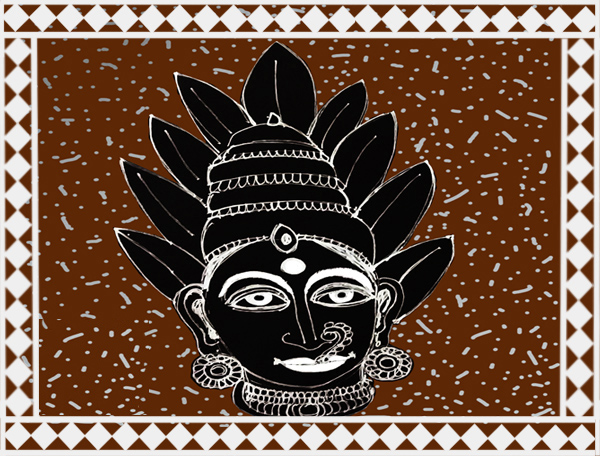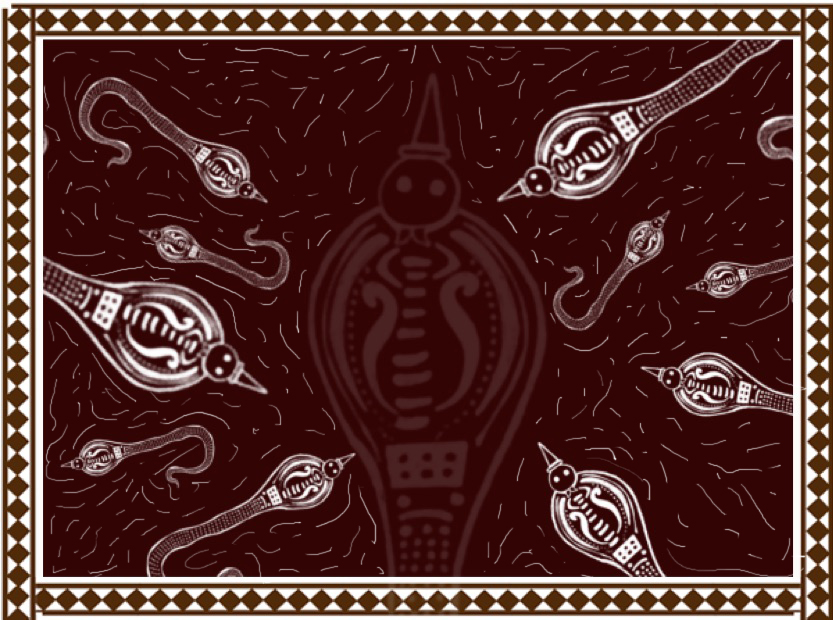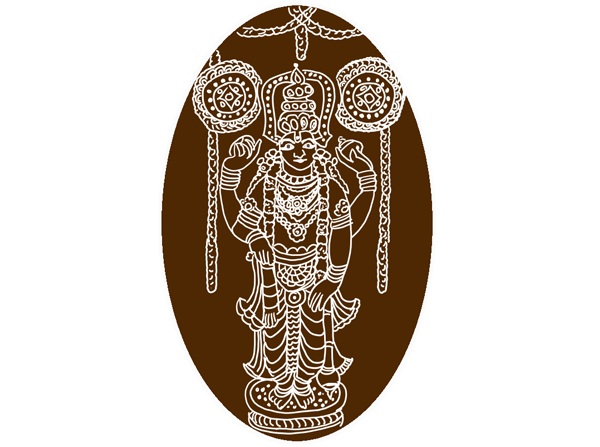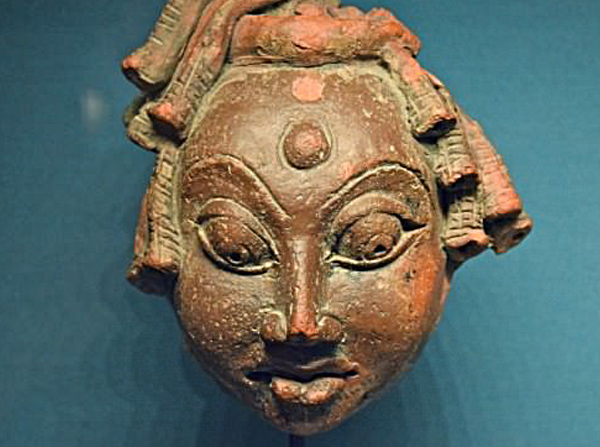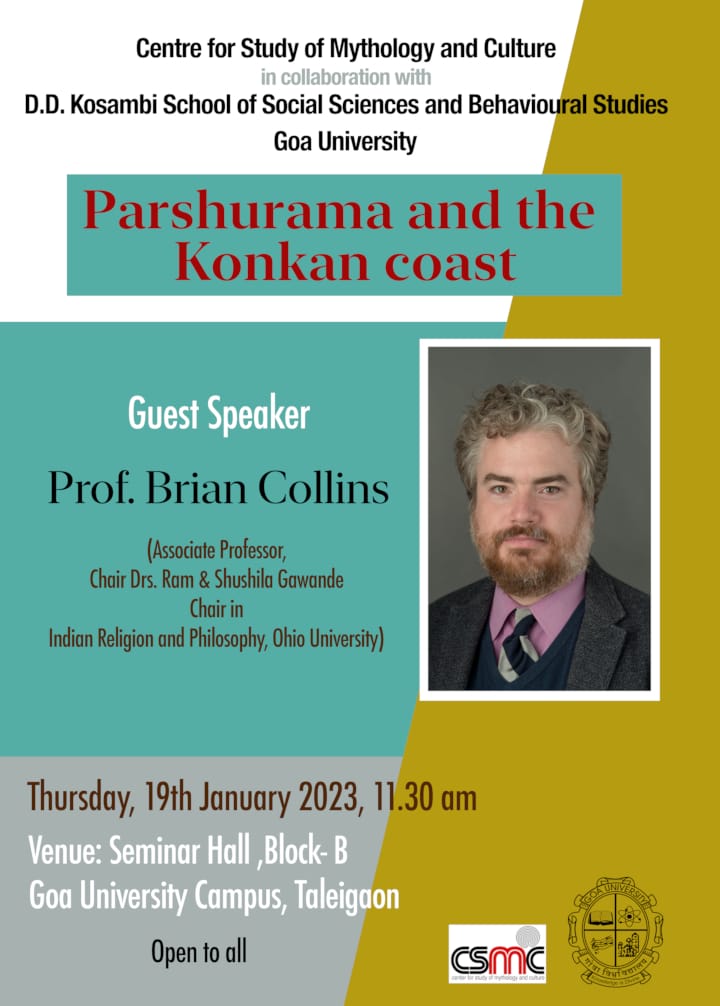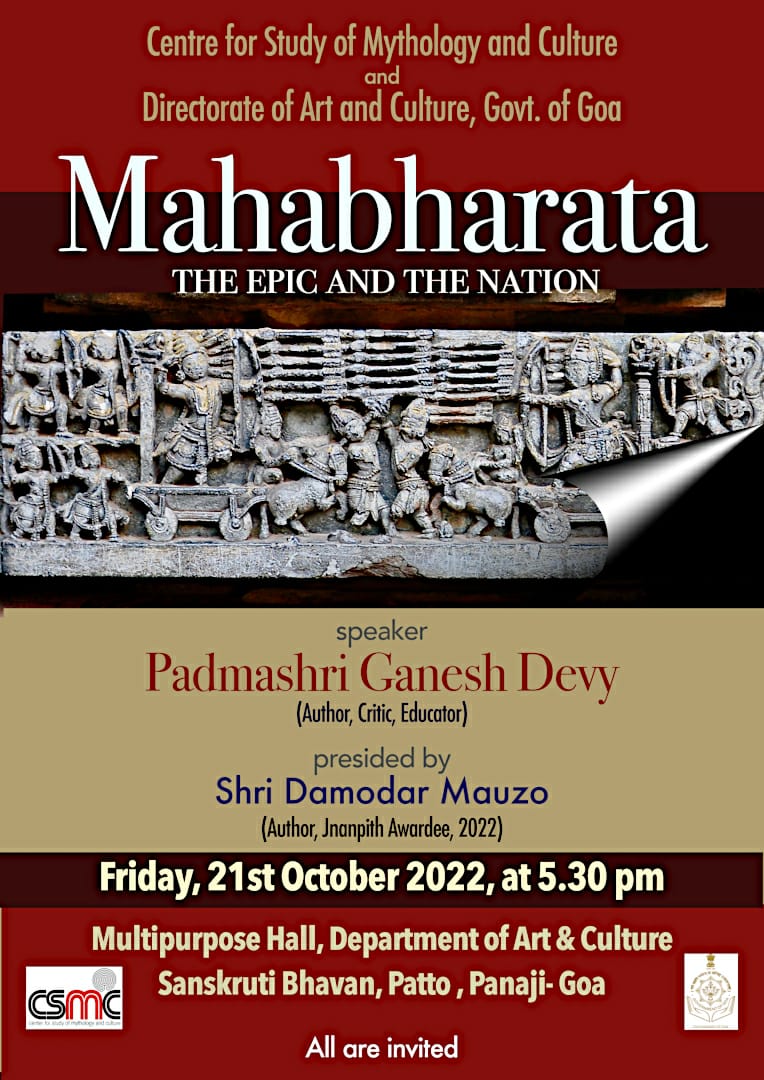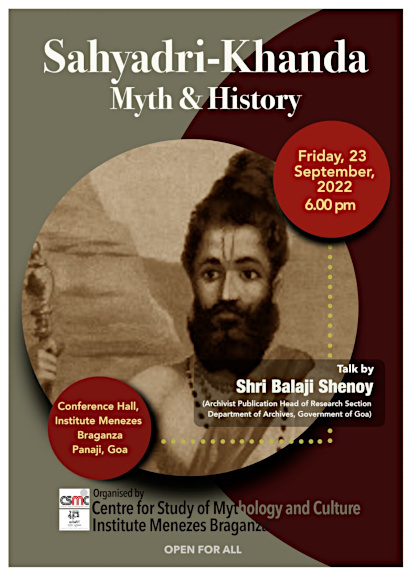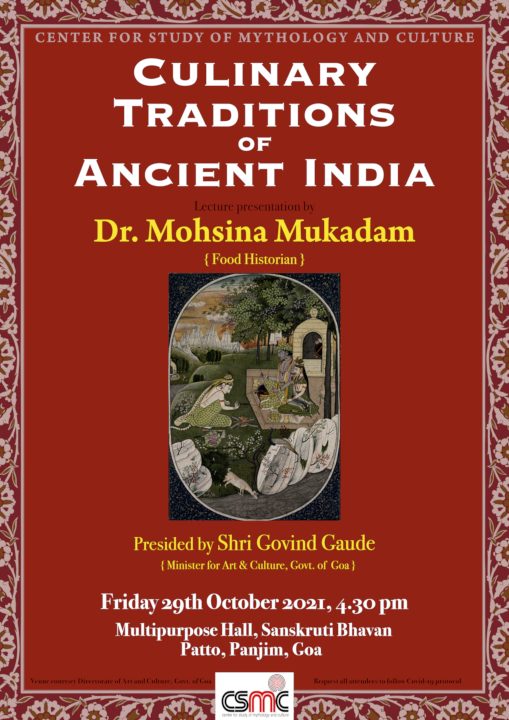
There was a village simpleton who dreamt of becoming a respected wise man as he was mocked by his friends as the village fool. One day he expressed his wish to his friends. “How can I become a wise man ?” he asked innocently. They advised him to visit the Guru who sat under the Peepul tree just outside the village boundary.
The village simpleton approached the guru who was none other than one of his friends in disguise as a Guru. Folding his hands, he asked” Sir, the whole village laughs at me and calls me an idiot. I want to become a wise man like you . What should I do to be a wise man?” Guru thought for a while and said, ” If you follow my instructions religiously, you will be a wise man one day. You will have to get me a large fresh fish from the river every day”. It was a strange request. But simpleton was desperate man, willing to do anything to achieve his goal.
He started getting fish for the guru every day. Guru would cut the head of the fish give it to dullard and tell him to cook and eat it as ‘prashad’ . Months passed by and the routine followed. One day, simpleton after handing over the fish to guru asked him” Sir, every day I get one whole fish. You give me the head as ‘prashad’. but what happens to the rest of body of the fish?” Guru laughed and said” Son, you have become a wise man now. you need not get me fish from tomorrow onwards.”
Story Collected by Vidya Kamat
Source: Kamala Nilakanth
Location : Kerala
Image Copyright: Vidya Kamat







